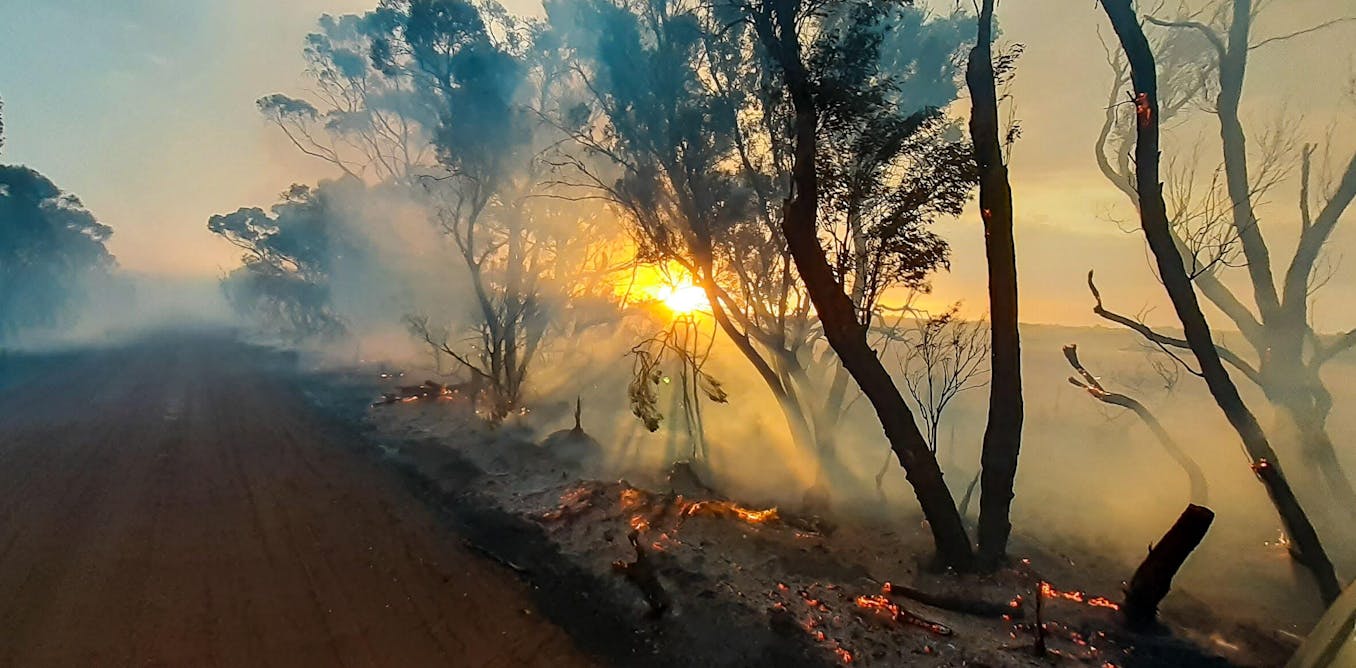Ensuring Bush Fire Protection Through Proper BAL Report Analysis
In the realm of bush fire security, the meticulous evaluation of Bushfire Attack Degree (BAL) reports stands as a foundation for protecting homes versus the disastrous impact of wildfires. With ecological factors and building attributes playing significant duties in identifying the degree of risk, a comprehensive understanding of BAL rankings becomes essential.
Recognizing Bushfire Attack Degree (BAL)
In the realm of bushfire security, comprehending the Bushfire Assault Degree (BAL) is paramount for making certain effective reduction techniques. BAL is a system made use of to measure the prospective threat a structure may face from a bushfire. It takes into consideration factors such as the sort of plants, the incline of the land, the Fire Threat Index, and the Fire Severity Index. Comprehending the BAL ranking of a home is vital for residential property builders, policymakers, and owners to implement appropriate measures to safeguard against bushfire threats.

Value of BAL Report Analysis
A vital element in bushfire protection planning entails the thorough analysis of BAL records to analyze the prospective dangers and identify suitable mitigation approaches. BAL reports supply critical details regarding the potential impact of bushfires on a property based upon different elements such as vegetation kind, range to potential fire hazards, and incline of the land. Evaluating these reports with accuracy is vital in developing reliable bushfire security steps tailored to the details danger profile of a building.
Carrying Out Fire Protection Actions
Carrying out effective fire security actions is important for guarding buildings in bushfire-prone areas. This includes clearing up flammable greenery, such as completely dry fallen leaves and branches, within a particular distance of the property.
Furthermore, having a well-maintained and adequate water supply, such as a container or pool, can aid firemens in their initiatives to safeguard the residential or commercial property. BAL Report. On the whole, carrying out a combination of these fire defense steps can dramatically enhance the chances of securing residential or commercial properties why not try this out throughout bushfire events.
Mitigating Threats in Fire-Prone Areas
To fortify buildings against bushfire dangers, a critical focus on mitigating dangers in fire-prone locations is vital. One crucial element of danger reduction is preserving defensible area around buildings by getting rid of flammable greenery, making sure ample spacing in between trees and structures, and employing fire-resistant landscape design techniques.
Furthermore, creating or retrofitting buildings with fireproof materials and guaranteeing appropriate upkeep of roofings, seamless gutters, and exterior cladding can dramatically boost the residential property's durability to bushfires. Exercising a bushfire and establishing emergency situation strategy with all owners, including evacuation treatments and interaction strategies, is also vital in mitigating risks effectively. By adopting a proactive approach to risk mitigation in fire-prone locations, homeowner can better shield their properties and improve total bushfire preparedness.
Ensuring Home Safety and Strength
Making certain the safety and security and strength of residential get redirected here or commercial properties in fire-prone locations requires an unfaltering commitment to durable safety nets and strategic preparation. Building security starts with executing reliable measures to minimize fire threats. This includes keeping a defensible space around the residential property by clearing flammable plants, ensuring appropriate upkeep of seamless gutters and roofing systems, and utilizing fireproof building products. Regular maintenance of firefighting devices, such as tubes and lawn sprinkler systems, is also important to residential property strength.
Strength, on the other hand, involves the capability of a home to recuperate and withstand from a bushfire. By proactively resolving these elements, residential or commercial property proprietors can better shield their possessions and enjoyed ones from the danger of bushfires.
Conclusion
To conclude, guaranteeing bushfire defense with correct BAL report evaluation is important for understanding the degree of risk presented by bushfires and executing necessary fire defense steps. By reducing threats in fire-prone locations and guaranteeing building security and strength, individuals and areas can better plan for and reply to bushfire occasions. It is crucial to prioritize fire precaution to protect lives and residential property in these risky settings.
In the realm of bush fire defense, the precise evaluation of Bushfire Attack Level (BAL) reports stands as a cornerstone for securing homes versus the devastating impact of wildfires (BAL Report). Understanding the BAL rating you can try these out of a home is vital for property policymakers, building contractors, and proprietors to apply ideal actions to guard versus bushfire risks

BAL reports give important details about the prospective effect of bushfires on a residential or commercial property based on different variables such as vegetation kind, range to potential fire risks, and incline of the land (BAL Report). On the whole, implementing a combination of these fire protection steps can substantially raise the opportunities of safeguarding residential properties throughout bushfire occasions
Comments on “Navigating Residential Or Commercial Property Safety And Security: Recognizing the Relevance of a BAL Report”